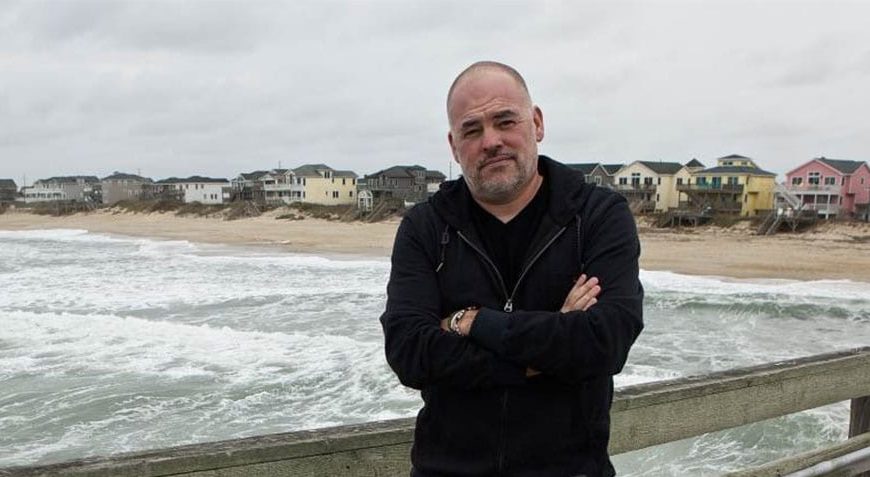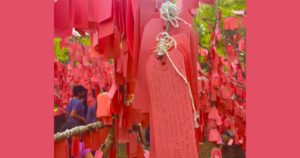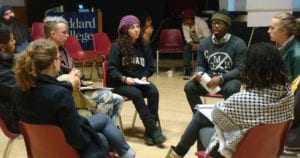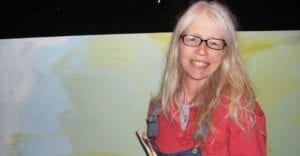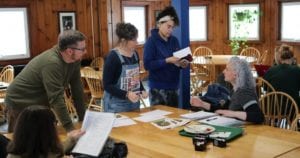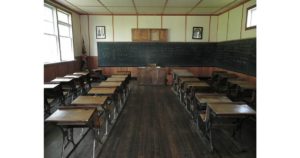 So, how does it feel to know that your 1999 memoir, Apples and Oranges: My Journey Through Sexual Identity, originally published by Houghton Mifflin, will be reissued by Seven Stories Press? Do you think this is a good moment for that to happen?
So, how does it feel to know that your 1999 memoir, Apples and Oranges: My Journey Through Sexual Identity, originally published by Houghton Mifflin, will be reissued by Seven Stories Press? Do you think this is a good moment for that to happen?
It definitely feels good, but a little weird.
Apples and Oranges is a memoir about my life as a lesbian feminist during much of the 1970s and 80s, and the break with identity and community that came when I fell in love with a man. That’s the “situation,” to use the terminology Vivian Gornick proposes in The Situation and the Story: resistance to our culture’s demand to organize one’s erotic life around a single gender, and the consequences that flow from that resistance. The “story,” however (again in Gornick’s sense), is about something else: the price of living a life committed to radical social change, particularly for an artist. In other words, what it means to refuse the separation of the personal and the political–and the paradox that this embrace of one kind of truth can create an unbearable pressure of ideology on emotional life.
For many of the years since the book appeared, it has seemed to me that the social atmosphere I’m describing must feel incomprehensible to people born any later than about 1975. When I taught undergrads, I sometimes got questions about what it was like back in the day that made me feel the way my grandmother probably felt when my little sister, then a toddler, inquired, “Grandma, were you alive in the Civil War?” Young people, it seemed to me, just couldn’t fathom an era when radical social movements seemed not only necessary but possible. But now–could it be the times really are a-changing? Brave young people are smashing the corporate/neoliberal veneer–I’m thinking Ferguson, Black Lives Matter, the upwelling of protests against racism at the University of Missouri and other campuses across the country. In my own Brooklyn neighborhood, the rage over gentrification and the way poor people, mostly people of color, are being pushed out. And then there’s the mad urgency of climate change, that global existential threat with horrifically uneven implications for the planet’s haves and have-nots. In all sorts of ways, some very hopeful and some frankly terrifying (as I write this, French planes are bombing Raqqa, Syria, in retaliation for the assumed role of the Islamic State in organizing last Friday’s Paris attacks), this is starting to feel like a time when it won’t be possible to keep the lid on.
That could be the right atmosphere in which to reintroduce a book that looks back on an earlier mode of radical activism, particularly given that the lesbian feminist community I came up in had a big role in developing the “intersectional” analyses so relevant to today’s local and transnational struggles. At the same time, of course, it leads me back to the old conundrum: what good is a mere book, and a book about the past, to those caught up in the life-and-death need for action right now?
Say more about what feels weird.
Think about what’s involved in writing most memoirs. As I like to tell students, you have to put on the hazmat suit and go into the containment unit of memory. You have to go there, and then you have to worry about how the people in your life are going to react to reading about themselves. Well, now I get to go through some version of that all over again. I have to revisit being the person who had those experiences, and the person who wrote about them.
Then there’s the fact that this re-launch feels like a second marriage after a rough divorce. Apples and Oranges didn’t get a lot of attention the first time around. Among other reasons, the people at Houghton Mifflin hadn’t the faintest idea how to market it. They thought in terms of straight and gay audiences, and since this book represented an experience that was neither, they were at a loss.
Will you make changes to the original text?
The publisher and I have agreed on the need for an introduction that will situate the book for a new generation of readers. That’s an opportunity, but also a conundrum: who’s best suited to do this? Someone with a “name,” and if so, what sort of name? Someone known in the field of feminist/gender studies? A famous bisexual? A millennial? A middle-aged feminist? An elder stateswoman who still seems sort of cool?
As for my own words, I’m not going to change a thing. If I did, where would it end? For better or worse, this book is not only a meditation on who I seem to have been in the years before I wrote it, but a reflection of who I was at the time of the writing.
How did you connect with your new publisher? Through an agent?
The genesis of Apples and Oranges owed much to an agent I had in the 1990s. She suggested the idea for the book based on an essay I’d written, and negotiated the only substantial advance I’ve ever received. However, I haven’t been represented by an agent in recent years. The connection with Seven Stories came about through my friend Beverly Gologorsky, who has published two novels with the press (The Things We Do to Make It Home and Stop Here). Beverly, who was heavily involved both in “Second Wave” feminism and in the movement against the Vietnam War, felt that my book really captured the flavor of life on the left in the aftermath of the 60s. Last winter she generously recommended it to Dan Simon, the publisher. Dan agreed to read it, asking that I submit copies of reviews and letters of support from academics who would attest to its attractiveness for course adoptions. This I did, and heard nothing for a number of months. In mid-summer, I got a signal that the reception was favorable, but it took another few months for a contract to arrive.
What’s the most exciting thing about the re-publication?
Apples and Oranges will be available as an e-book!
So now you can relax and go back to your novel, right?
Hardly. I have to get the text retyped so I can submit an electronic file, since I don’t have one on hand. Fortunately the rights have already been reverted to me by the original publisher. But I will have to secure permissions for quoted material all over again. As I’ve said, I’ll need to arrange for an introduction, and later the question of blurbs will rear its ugly head. After that, there’s publicity to deal with. Frankly, that part feels like double jeopardy. Haven’t I been here before?
How will you deal with the knowledge of what can go wrong, the sense that a “reissued” book already has a few strikes against it in the marketplace, since it wasn’t a best seller the first time around?
In the end, I’m faced with a situation no different than with any other book I’ve published. I know I must present my offering with humility and a kind of faith–faith that it matters, that it will connect with some readers, that sales figures don’t tell the whole story. I must think of all those who have given so much–for justice, for art–and often gone unrecognized, or with acknowledgment that arrived too late for them to even know about it. I must remember Audre Lorde’s simple, fierce claim: “it is better to speak/ remembering/ we were never meant to survive.” And the words of Sappho, quoted by the early 20th century Russian lesbian poet Sophia Parnok in an epigraph to a poem published in Conditions, the lesbian-feminist literary journal I once co-edited: “Believe: in time/Someone will remember even us.”

